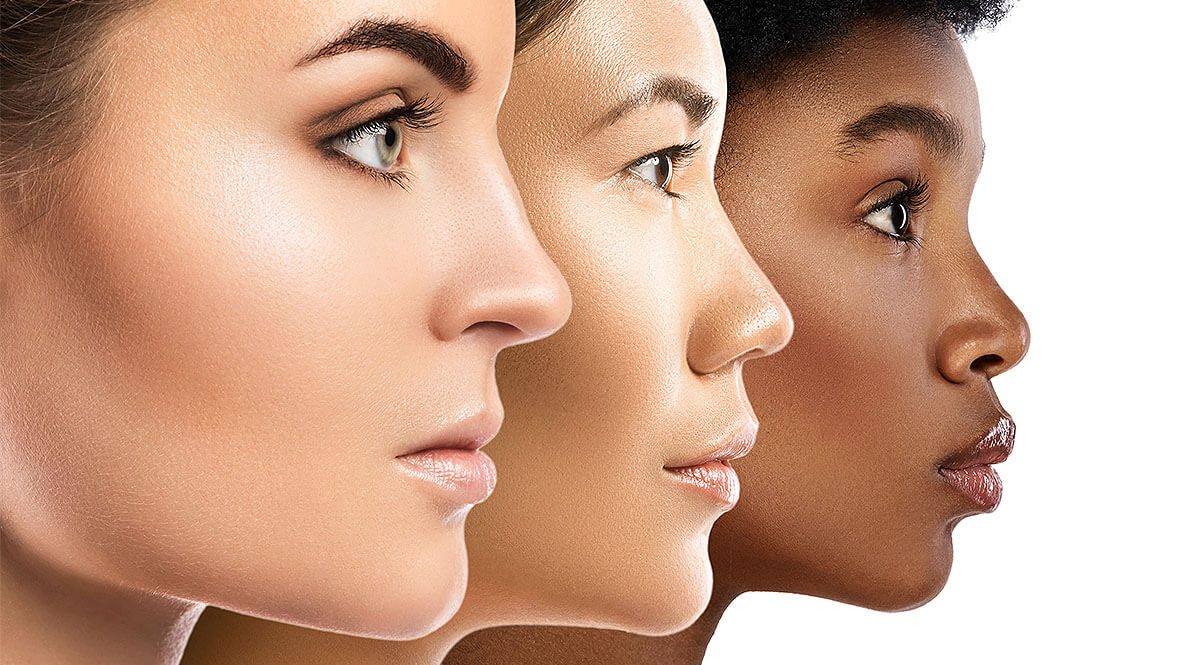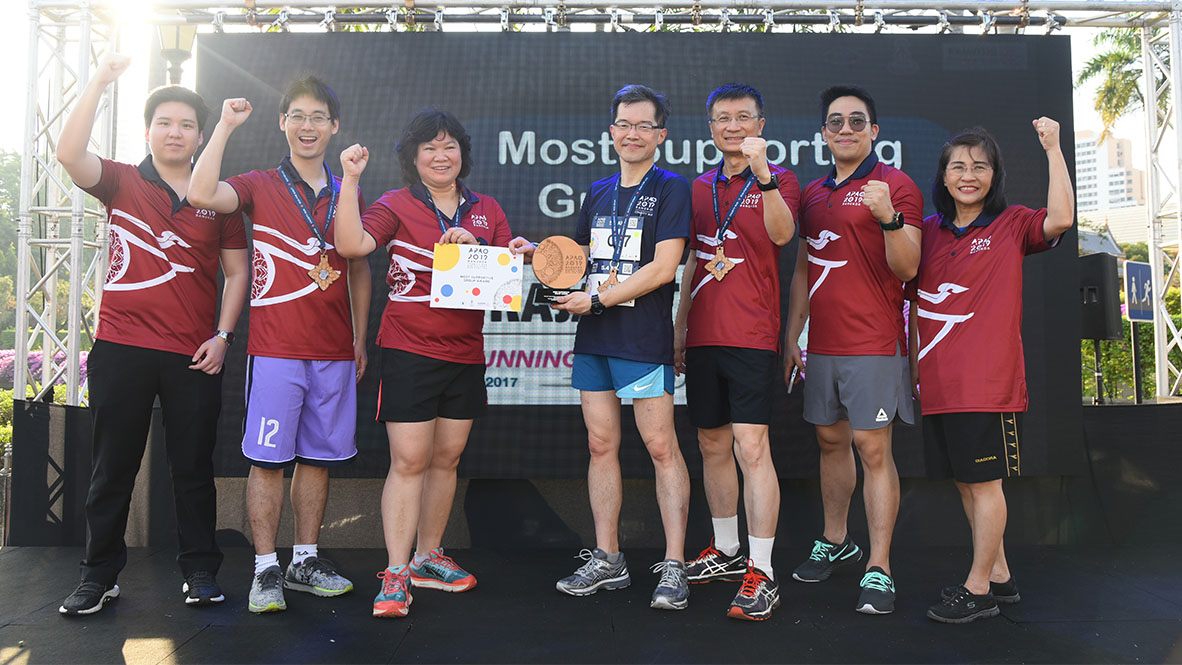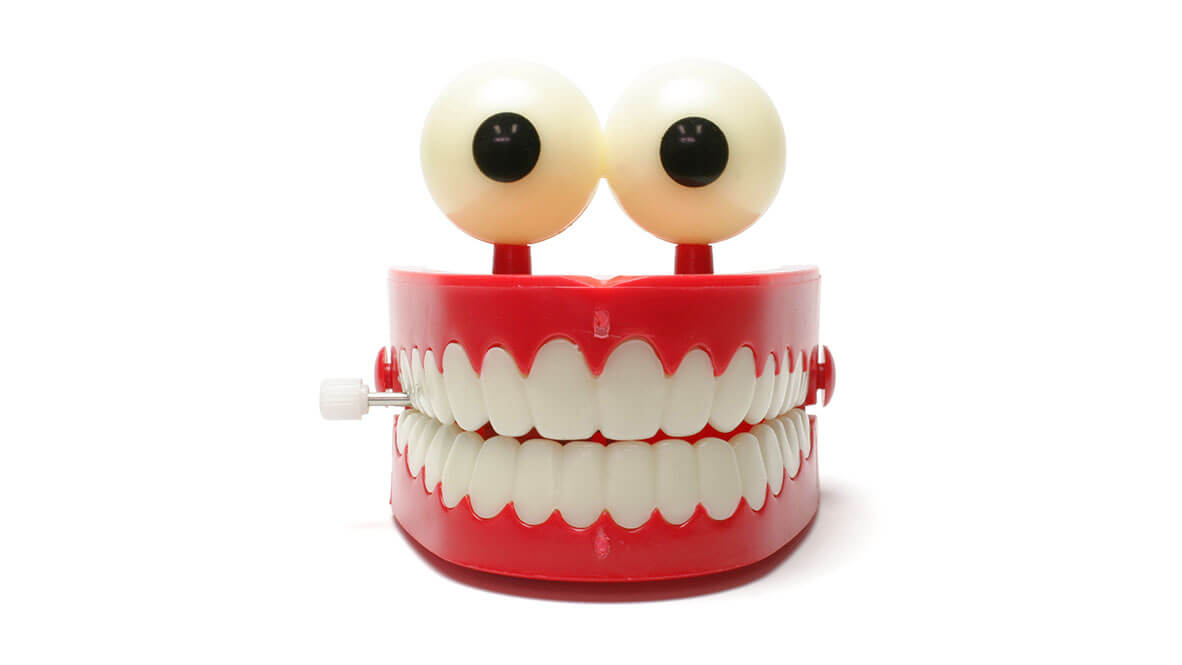Mrs. Barbara Masket – architect and designer – deserves kudos for her ingenious contribution to ophthalmology. The wife of ophthalmologist and Advanced Vision Care founder, Dr. Samuel Masket, Mrs. Masket invented the MASK-it Eye Patch, a revolutionary monocular device that makes eye examinations more comfortable and hygienic for the patients.
Barbara Masket has always been an artist at heart. At seven years-old, she started taking oil painting lessons from a famous local art collector and teacher. Later on, she took up stone sculpting and calligraphy, and eventually graduated with a master’s in architecture.
“I had been practicing architectural design for about 20 years when it became obvious that my husband needed help to run his ophthalmology office in a pinch,” shared Mrs. Masket. “That lasted longer than the weekend I expected to help out, straightening things out at the office. So, I stayed on as a senior office administrator at his office, Advanced Vision Care, from 2003 until 2018.”
As administrator, Mrs. Masket was responsible for interviewing and hiring new staff. “I also became the ‘patient proxy’ and was the subject for the visual field test numerous times. The reusable ‘pirate patch’ is typically used to cover one eye during the visual field test. It is cleaned with alcohol before each use – but that does not eliminate the risk of infections. Instead, it incurs additional cost and time. I complained about the lack of cleanliness of using the pirate patch, and my husband suggested that I should invent something better. That was how the seed was planted – it was in 2013,” said Mrs. Masket.
The birth of the MASK-it eye patch
Mrs. Masket put on her thinking cap and drew upon her artistic skills and background in design to come up with a solution.
“I cut and glued for about a year before I went looking for someone to create my product. Finally, I found a small company in Los Angeles who made them for me,” she said. “I tested the eye patch in my husband’s office and the patients and staff loved it.”
At this point, she still did not have a name for her product yet. “I continuously described it as a ‘mask’ for the eye, and my husband pointed out that that’s what it should be called. Thus, the “MASK-it” was born. It’s the name of my product, at the same time, it describes its function,” she explained.
The MASK-it Eye Patch overcomes the problems and shortcomings of existing monocular devices. “Devices for blocking a patient’s eye during monocular eye examinations have commonly been rigid, paddle-shaped, handheld instruments or pirate patches. Hand-held instruments are cumbersome and difficult for children and elderly patients to use throughout the duration of a procedure,” Mrs. Masket explained. In addition, she said that type of occluding device presents the risk of transferring diseases because it is reused and may come into contact with eye secretions of various patients.
“Meanwhile, the pirate patch offers very little adjustment and has hygiene issues. Normally, this type of patch is used in conjunction with a tissue placed between the patch and the patient’s eye,” she explained. “That tissue remains in compressive contact with the patient’s eyelid while the test is being performed. After removing the pirate patch, we need to spend time waiting for the patient’s second eye to readjust. In addition, patients who take prostaglandin analogs (PGA) medication for the treatment of glaucoma tend to have long or bushy eyelashes and have found the standard pirate patches very uncomfortable during testing,” added Mrs. Masket.
The MASK-it Eye Patch, on the other hand, sits perfectly around the patient’s eye as it replicates the contour of an eye-shield. A partial slit bisecting the larger portion allows the patch to be shaped into a cone of variable depths, which fits all orbital configurations without compressing the lids or lashes, allowing both comfort and convenience. It is not limited to one particular test, nor is it limited to a single use, but may be reused on the same patient, for the second eye.
On support system and overcoming challenges
From the beginning and until today, Mrs. Masket’s husband, Dr. Samuel Masket, has been her biggest supporter. “He suggested that I pitch my product to large companies to produce and sell them for me. He introduced me to two large manufacturers of ophthalmic equipment, and one of them loved it and took it on,” shared Mrs. Masket. “However, as a European company with concerns about CE marking, they felt that it should be a fully medical product.
So, they altered the materials, thereby reducing the quality and versatility of the device.” After two years on the market, she said it became clear that the paper and adhesive they used no longer worked as expected. “Moreover, they did not market it as an individual product, and sales were poor,” added Mrs. Market. “We negotiated the return of the product back to me, whereby I corrected and improved upon their changes to the patches and began marketing and selling them on my own.”
Mrs. Masket also displayed her upgraded MASK-it Eye Patch at the American Society of Cataract and Refractive Surgery (ASCRS), American Academy of Ophthalmology (AAO), as well as at the Joint Commission on Allied Health Personnel in Ophthalmology (JCAHPO) events.
“I call it disruptive technology,” said Mrs. Masket. “I have found that, in general, younger ophthalmologists and younger staffers are more open to change. The older, more established inhabitants of this world are more hesitant. However, most ophthalmologists have never taken, nor given, the visual field test. They merely want good results. When I point out that my patch gives a better quality test for the second eye and does not induce dark adaptation, they pay attention,” she noted.
Mrs. Masket was never in it for the money. “I was never looking for a quick million,” she said. “What I wanted is to invent something that would improve an existing procedure by making it more pleasant for the patient. The field of ophthalmology is so positive and yet so frightening. Most people know nothing about their eyes, but when something seems wrong, they become so afraid of going blind.”
For most patients, going through that first step to check their eye is not a pleasant experience. “The visual field test is very stressful for most patient because it might mean glaucoma. So, messing with the wet pirate patch and tissues and lashes in your eyes is not pleasant, and it adds to the anxiety. While my staff is preparing patients for this test, sometimes they tell them my story. It’s sort of funny because my name and the product’s name sound so similar, and it puts them at ease.”
Mrs. Masket’s product is so simple and obvious, that it might look frivolous. “But my patent attorney told me that most inventions of this type come from the staff who knows what’s needed in an office,” she said. “I believe that someday, the use of MASK-it will be as common as using eye drops in the ophthalmology office. Someday, it will hit critical mass.”




